-
Sustainable packaging solutions.
November 03, 2020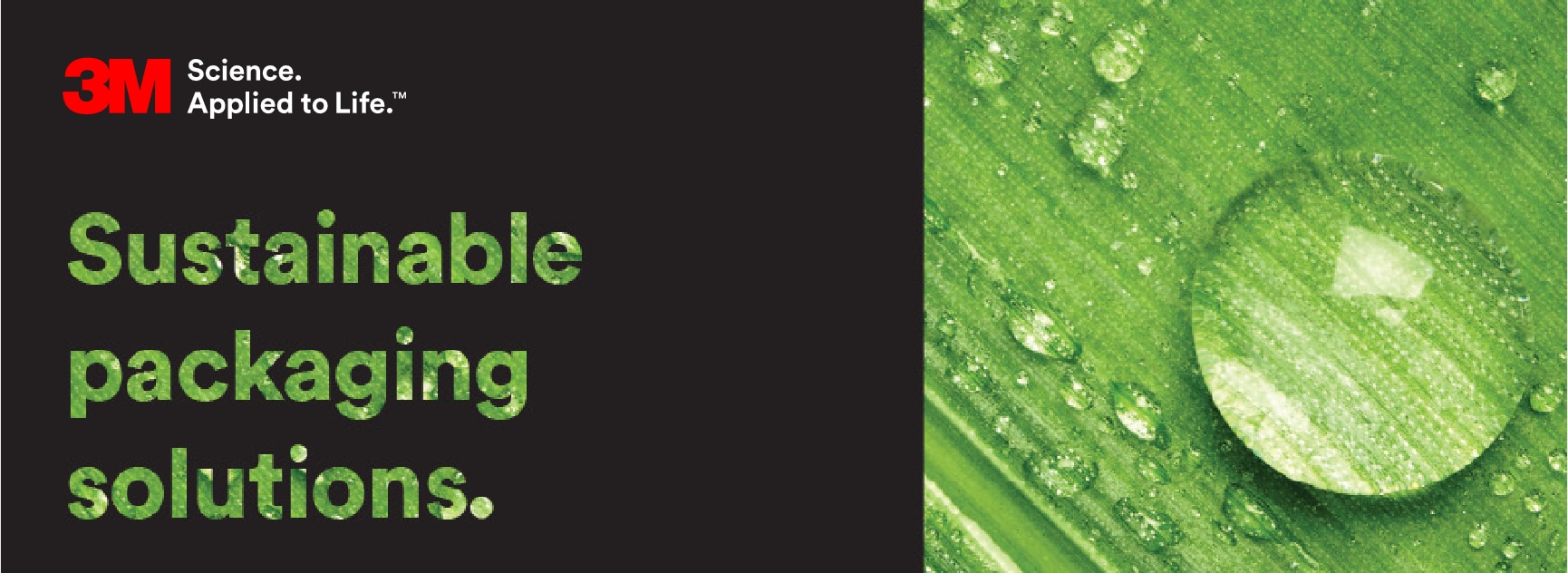
Sustainable packaging is here.
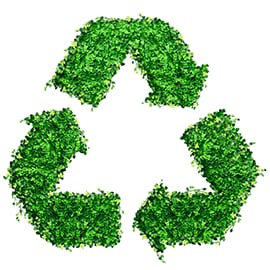
Throughout the world, sustainability is an issue of concern to governments, business and the community at large as we come to terms with how our actions can impact our lives and those of future generations to come. Today, with the explosive growth in e-commerce, sustainable packaging is top of mind for many companies and consumers as products ship around the globe. Utilising environmentally friendly packaging and processes in industry play a pivotal role in the quest to minimise the amount of pollution that ends up in our landfills and oceans.
The global sustainable packaging market size is expected to reach around US$ 255 Bn by 2026 and is anticipated to grow at a CAGR of around 7% in terms of revenue during the forecasting period 2019 to 2026. While Europe and North America currently use the most green packaging, it is the demand from our Asia Pacific region that is projected to grow at the fastest pace in the next 5 years.
The following trends are leading to increased need for sustainable packaging:

Government regulations
Government 2025 sustainable packaging targets driving industrial manufacturers to rethink their packaging materials and processes. Manufacturers are using Lifecycle Assessments (LCA), End of Life (EoL) and Packaging Recyclability Evaluation Portal (PREP) tools to make decisions towards recycled, recyclable, reusable, organic, bio-based, compostable packaging.
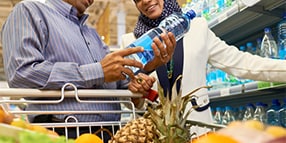
Consumer preference
The environmentally friendly sentiment amongst wider public and consumers is rising. In Australia the percentage of people that are concerned about environmental issues is expected to continue increasing from 83.5% to 92% with a 1.7% CAGR over the next 5 years. This is also dictating food & beverage, retail, eCommerce, manufacturer’s packaging decisions.
eCommerce growth
Global market size expected to reach $420 trillion by the end of 2020. In Australia the market is $29.4 billion with a 15.4% growth rate over next 5 years. eCommerce warehouses & distribution centres are seeing more single shipments and looking to differentiate themselves via sustainable packaging.
In simple terms, sustainable packaging is one that performs its primary purpose of protecting its contents from damage as it sits on a shelf or when in transit, but also has minimal environmental consequences in comparison to current or traditional materials. One that is recyclable, safe for people, eco-friendly and does not further contribute to the reduction of the earth’s natural resources.
Sustainable packaging targets.
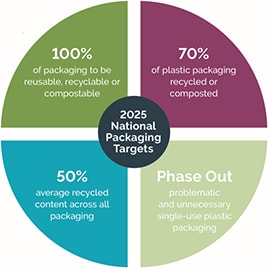
In Australia, the introduction of the 2025 National Packaging Targets was announced in September of 2018 to set a sustainable path for Australia’s recyclable waste.
There are a wide variety of options and decisions that need consideration when undertaking packaging redesign to meet the 2025 sustainability targets. To help organisations meet these goals the Australian federal government has tasked the Australian Packaging Covenant Organisation (APCO) to ensure that these sustainability objectives are achieved. APCO is a co-regulatory, not for profit organisation that partners with government and industry to reduce the harmful impact of packaging on the Australian environment. APCO promotes sustainable design and recycling initiatives, waste to landfill reduction activities and circular economy projects. APCO members submit a comprehensive action plan with the steps they will take to fulfill their responsibilities, a public commitment to advancing their packaging sustainability outcomes.
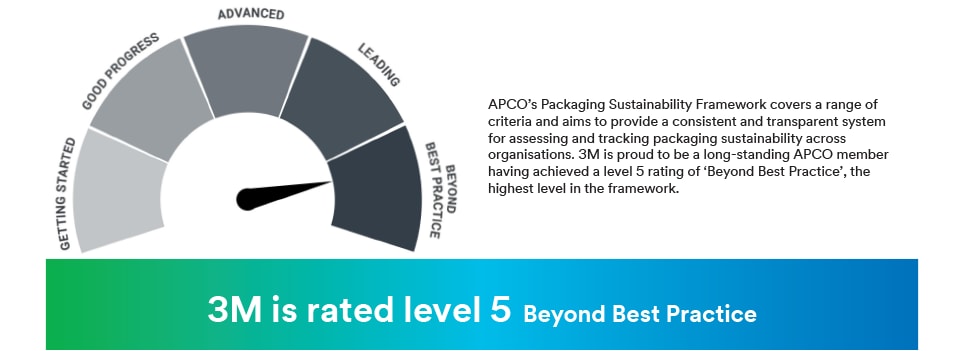
The science of sustainability.
At 3M sustainability is a core underlying value in all that we do. Every new product that enters 3M’s new product commercialisation process includes a Sustainability Value Commitment, demonstrating how it delivers value for the greater good. The impact is global in scale as 3M launches approximately 1,000 new products each year. We look at sustainability in terms of shared global needs. Our 2025 sustainability goals reflect a heightened commitment to thinking holistically about how our operations and products can drive change for a sustainable future. We use our passion and science approach to tackle challenges where we can make the most impact, as outlined below.
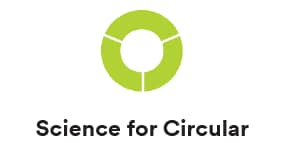
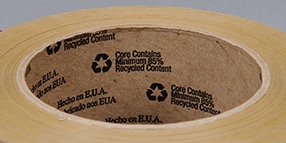
We design solutions that do more with less material, advancing a global circular economy.
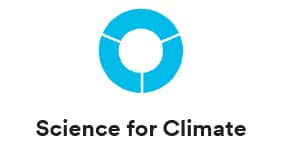

We innovate to decarbonise industry, accelerate global climate solutions & improve our environmental footprint.

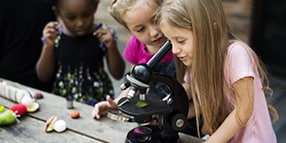
We create a more positive world through science, and inspire people to join us.
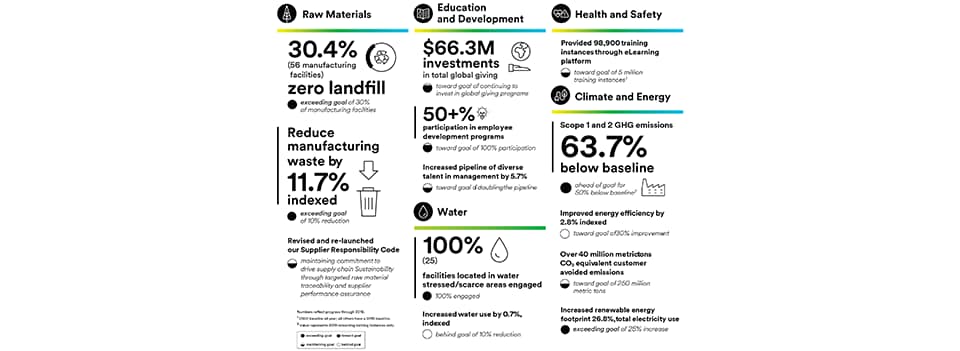
3M your sustainable packaging partner.
For nearly half a century, the formula for success with Scotch™ brand adhesive tapes have involved more than their ability to stick. It’s based on green chemistry that has helped 3M move away from the solvents often associated with adhesives to rethink packaging solutions and reduce their environmental impact. No matter the size of your operation, our carton sealing tapes offer dependable, secure containment and easy application that are made from recycled, renewable, natural or organic materials or support the use of recycled materials. Sustainability is embedded into every roll of 3M tape to help you meet your environmental sustainability goals, make a difference and help you to meet your national packaging targets. Below is a selection from our sustainable packaging solutions range.
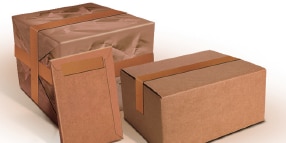
Paper Packaging Tape - 227 series
- Kraft paper backing
- Rubber resin adhesive
- Perfect for box closure, storage and shipping in extreme hot or cold temperatures and damp humid conditions -30C to +90C

Bio-based Packaging Tape - 3073 series
- Made from bio-based adhesive and a recycled core
- 10 times more tack ensures compatibility with highly recycled cardboard boxes
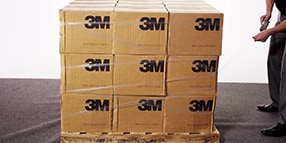
Pallet Stretch Wrap Tape - 8886 series
- 700% elongation reduces cost, space and waste in pallet unitizing
- Prolongs fresh food produce shelf life via breathability in transport
- De-tackifies after stretch protecting box printing & retaining load stability
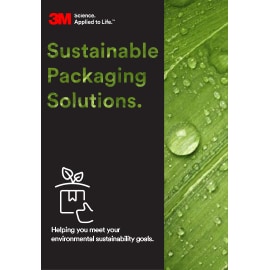
Not sure which tape solution is right for you? Get in touch with a 3M Packaging Specialist who can help you select the right product for your application and sustainability goals. Alternatively download our Sustainable Packaging Solutions Brochure to view the range and learn more, together we can make a difference.
References:
IbisWorld, IHS reports.
